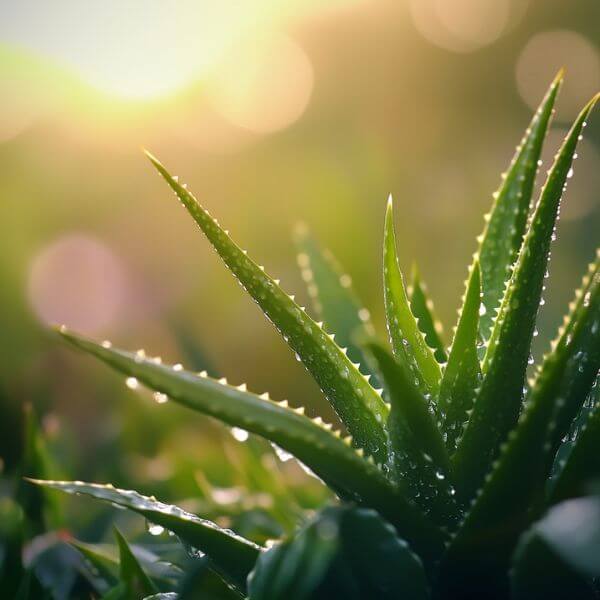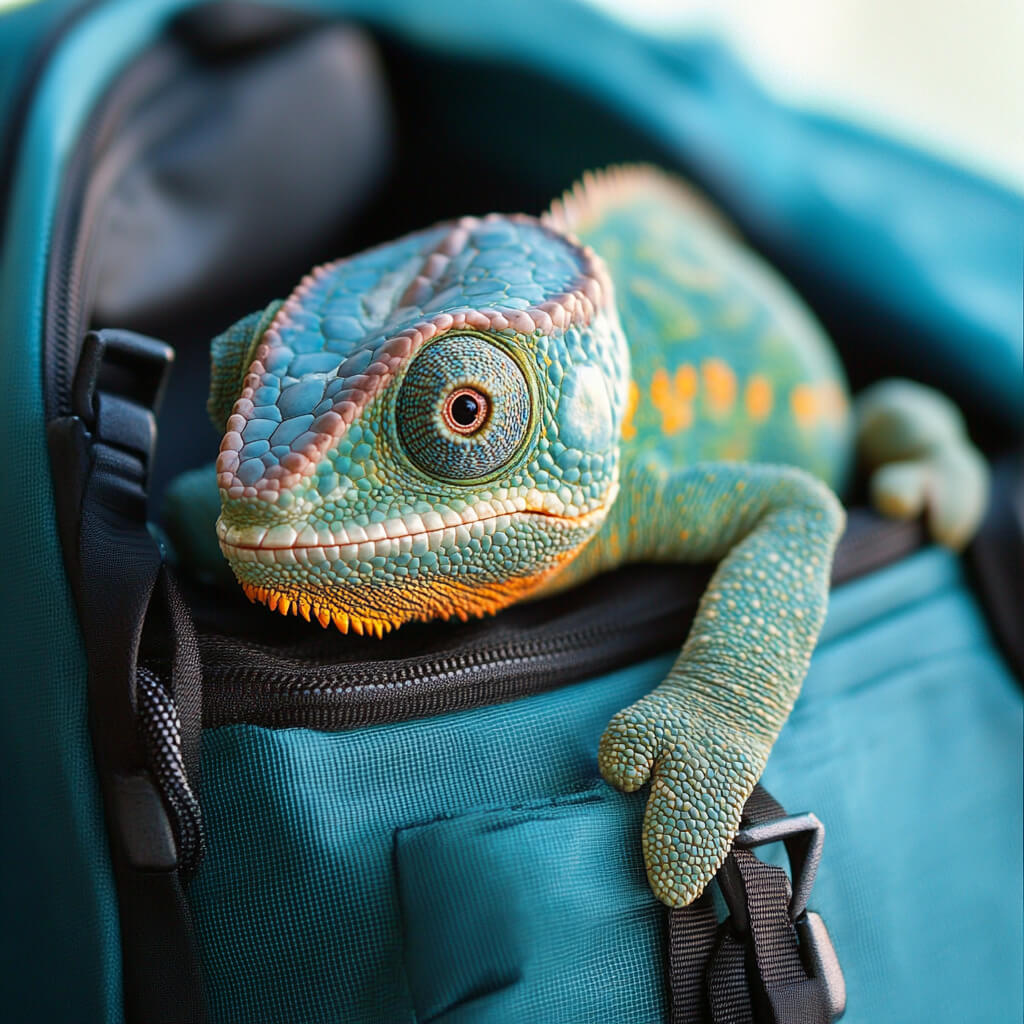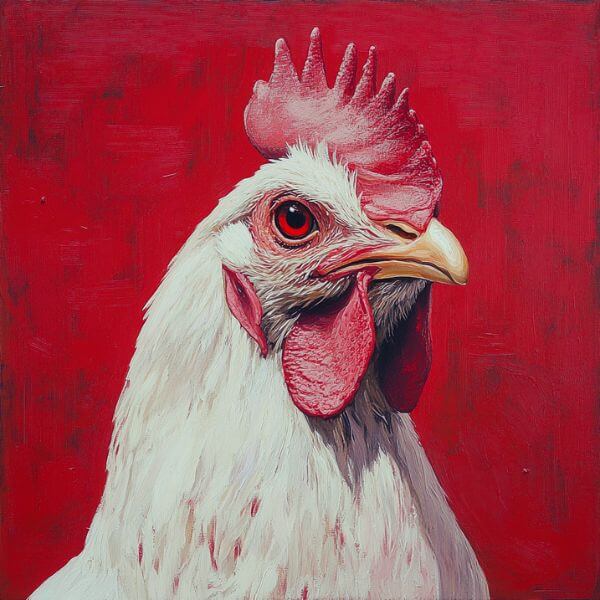No, chameleons should not eat aloe vera.
Well, it’s not because aloe vera is trying to be mean.
It’s just that chameleons’ digestive systems aren’t designed to handle aloe vera.
Risks of Aloe Vera for Chameleons: Why It’s a No-Go
Feeding aloe vera to your chameleon can lead to some not-so-fun consequences:
- Tummy Troubles: Aloe vera can upset your chameleon’s delicate digestive system.
- Dehydration: The laxative effect of aloe vera might lead to dehydration.
- Toxicity: Some compounds in aloe vera can be toxic to reptiles.
It’s always better to stick to foods we know are safe for our color-changing buddies. It’s like trying to fuel a car with orange juice – it just doesn’t work!
What’s the Buzz About Aloe Vera?
Aloe vera is like that cool kid in school everyone talks about.
It’s known for its soothing properties and is often used in skincare products.
But is it safe for our scaly friends?
Aloe vera contains:
- Vitamins (A, C, E)
- Minerals (calcium, magnesium)
- Antioxidants
Sounds great, right? But hold your horses! Just because something’s good for humans doesn’t mean it’s safe for chameleons.
Safe Alternatives: What Can Chameleons Munch On?
There are plenty of safe and yummy options for your chameleon! Here’s a list of chameleon-approved foods:
- Crickets (the chameleon equivalent of pizza)
- Mealworms (like little protein bars for chameleons)
- Dubia roaches (a gourmet meal in the chameleon world)
- Collard greens (for those chameleons watching their figure)
- Mustard greens (adds a little spice to their life)
Remember, insects should make up the bulk of your chameleon’s diet. Think of veggies as their side salad!
Chameleon Cuisine: Creating a Balanced Diet
Feeding your chameleon is like being a chef in a tiny reptile restaurant. Here’s a simple meal plan:
| Day | Breakfast | Dinner | Extras |
| Mon | Crickets | Crickets | Calcium powder |
| Tue | Roaches | Roaches | Multivitamin |
| Wed | Worms | Crickets | Leafy greens |
| Thu | Crickets | Roaches | Calcium powder |
| Fri | Roaches | Worms | Multivitamin |
| Sat | Crickets | Crickets | Leafy greens |
| Sun | Worms | Roaches | Calcium powder |
Mix it up and keep your chameleon guessing!
Home Sweet Home: Setting Up a Chameleon Paradise
Your chameleon’s habitat is their whole world. Make it awesome! Here’s what you need:
- A tall enclosure (chameleons love to climb)
- Lots of branches and vines (for those acrobatic moves)
- Live plants (creates a natural feel and helps with humidity)
- UVB lighting (for vitamin D production)
- Misting system (chameleons drink water droplets)
For more details on creating the perfect chameleon home, check out our guide on setting up a chameleon habitat.
FAQs
How often should I feed my chameleon?
Adult chameleons usually eat every other day. Youngsters need daily meals to fuel their growth.
What insects are best for chameleons?
Crickets, roaches, and worms are chameleon favorites. Variety is key!
Can chameleons eat fruit?
Yes, but only as an occasional treat. Think of fruit as chameleon candy.
How can I tell if my chameleon is dehydrated?
Sunken eyes, wrinkled skin, and lethargy are signs of dehydration. If you notice these, consult a vet ASAP.
Are there any plants toxic to chameleons?
Yes, avoid plants like avocado, azalea, and philodendron. Stick to safe options like pothos or ficus.
Wrapping It Up
So, can chameleons eat aloe vera? Nope, it’s best to keep aloe vera out of your chameleon’s diet.
Stick to a variety of insects, with some leafy greens on the side. Remember, a well-fed chameleon is a happy chameleon!
Keep exploring the fascinating world of chameleons and their dietary needs.
Your scaly friend will thank you with vibrant colors and playful antics. Happy chameleon parenting!







Leave a Reply